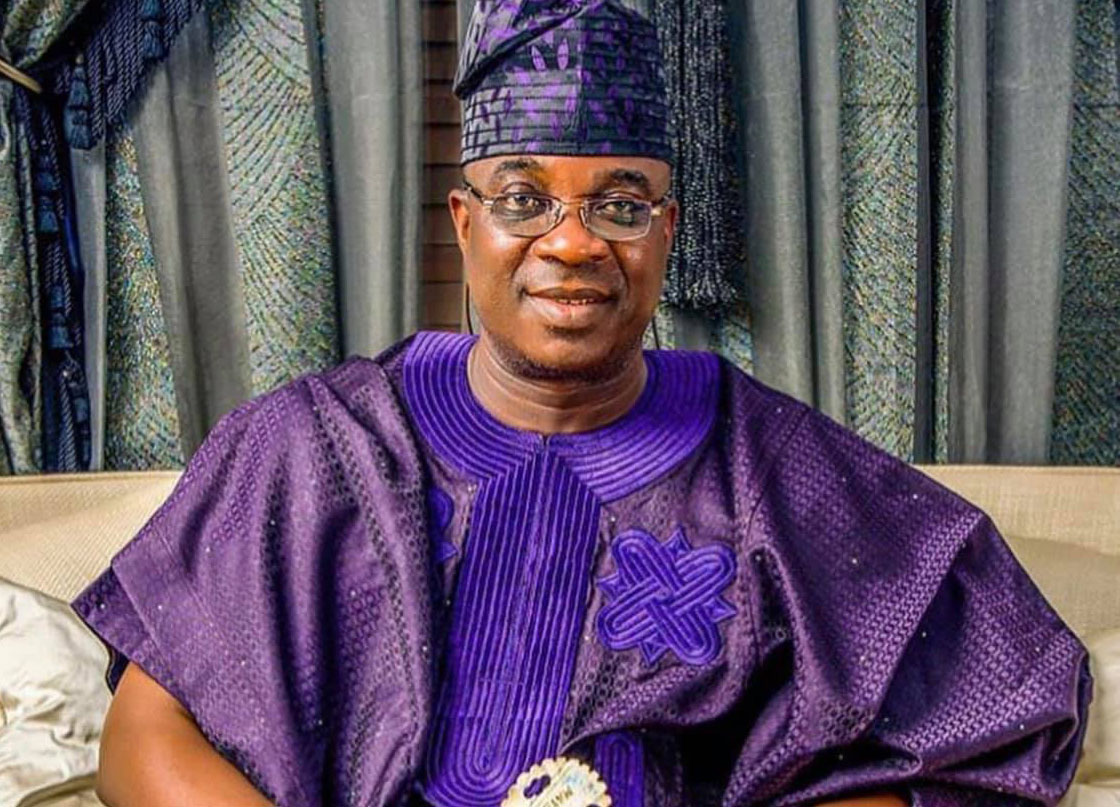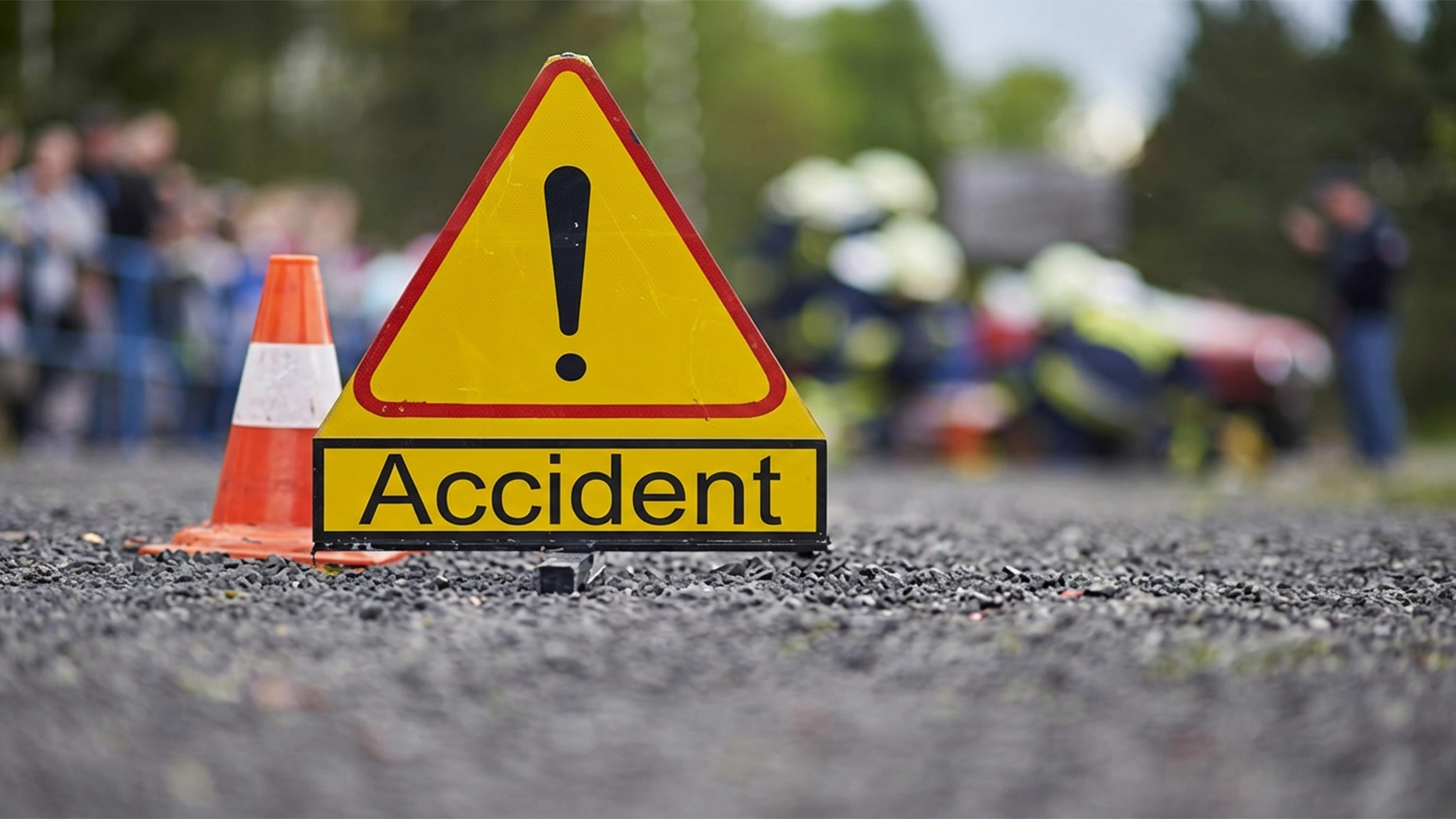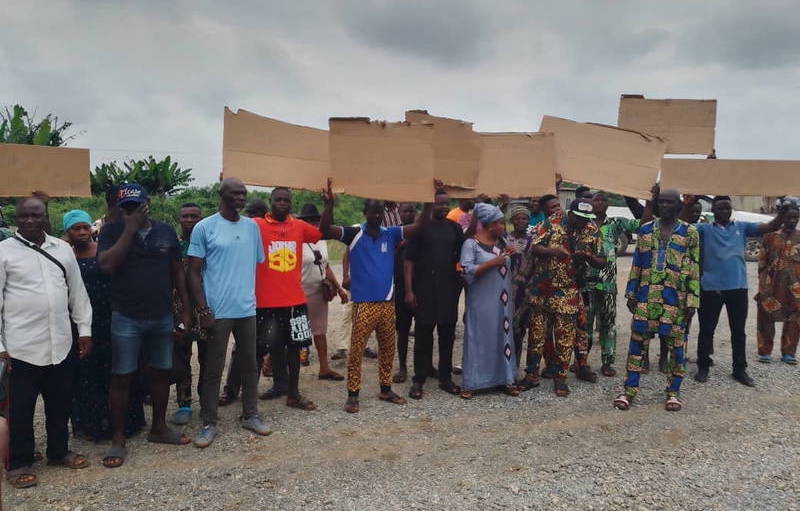The Managing Director of LAMATA, Mrs Abimbola Akinajo, has said that the two transport interchanges being built at Marina and Mile 2 to promote intermodal transportation will be ready between the end of the first quarter and the middle of the second quarter of 2026.
Speaking after a delegation from Agence Française de Développement (AFD), led by Sandra Kessab, the Director, Africa Department of the agency, toured the Marina and Mile 2 transport interchanges to check the progress of the work, she said that LAMATA can see great progress with the work done and that it is very comfortable that, at the very latest, at the beginning of the second quarter of 2026, the two interchanges would be delivered.
According to her, the state has a non-motorised policy, which is driving the non-motorised aspect of the Marina Interchange project.
She said, “And it’s something that is probably unique when you look at the intermodal transport system in Lagos. We must note that Lagos has a non-motorised transport policy as part of its transportation policy. Lagos is probably the first state that has incorporated that in its transport policy.
“In fact, Lagos is probably the first state that has its own transport policy, and that’s under the purview of our ministry of transportation. But what is important here is that Lagos is deliberate about ensuring that we have an adequate non-motorised transportation system. And the backbone of that is connectivity — the ability to connect non-motorised transport (NMT) infrastructure to other transport modes.”
She disclosed that when the Marina Interchange is completed, the plan is to have commuters walk from outer Marina to J. Randle Museum and some parts of the offices around inner Marina.
With this, the MD of LAMATA said the state would be reducing carbon emissions because passengers will not use cars to connect these locations.
Commenting after the tour, the head of the AFD delegation, Kessab, who was excited about what she saw and the progress of work done, praised LAMATA and the state government for its commitment to easing commuting across the metropolis.
She said, “We have the joy and the pride to work together with LAMATA for more than 10 years already, supporting the development of an affordable, secure, and reliable transportation system that is integrated.
“So this field visit is a vibrant opportunity to see concretely how service has been improved through infrastructure investment and to have the opportunity also to really understand the challenge of interconnectivity between the rail, the BRT, and other transportation systems and bring better service to Nigerian people.
“I’ve been really impressed, and I reiterate my gratitude to Nigeria, to the State of Lagos, and to LAMATA for their trust. We have been lucky enough to work on the planning of the project, to be part of it, and mobilise resources for the financing of the investment.”
On his part, the Commissioner for Transport, Mr Oluwaseun Osiyemi, stated that the state government is committed to completing the project like many others because transportation is the first ‘T’ in the THEMES+ agenda of Governor Babajide Sanwo-Olu.
He added, “And it is deliberate; it speaks to traffic planning and transportation. And because Lagos is very peculiar with the numbers that we have, we actually committed to an intermodal transportation system, where we use the different modes of transportation to move people.”






